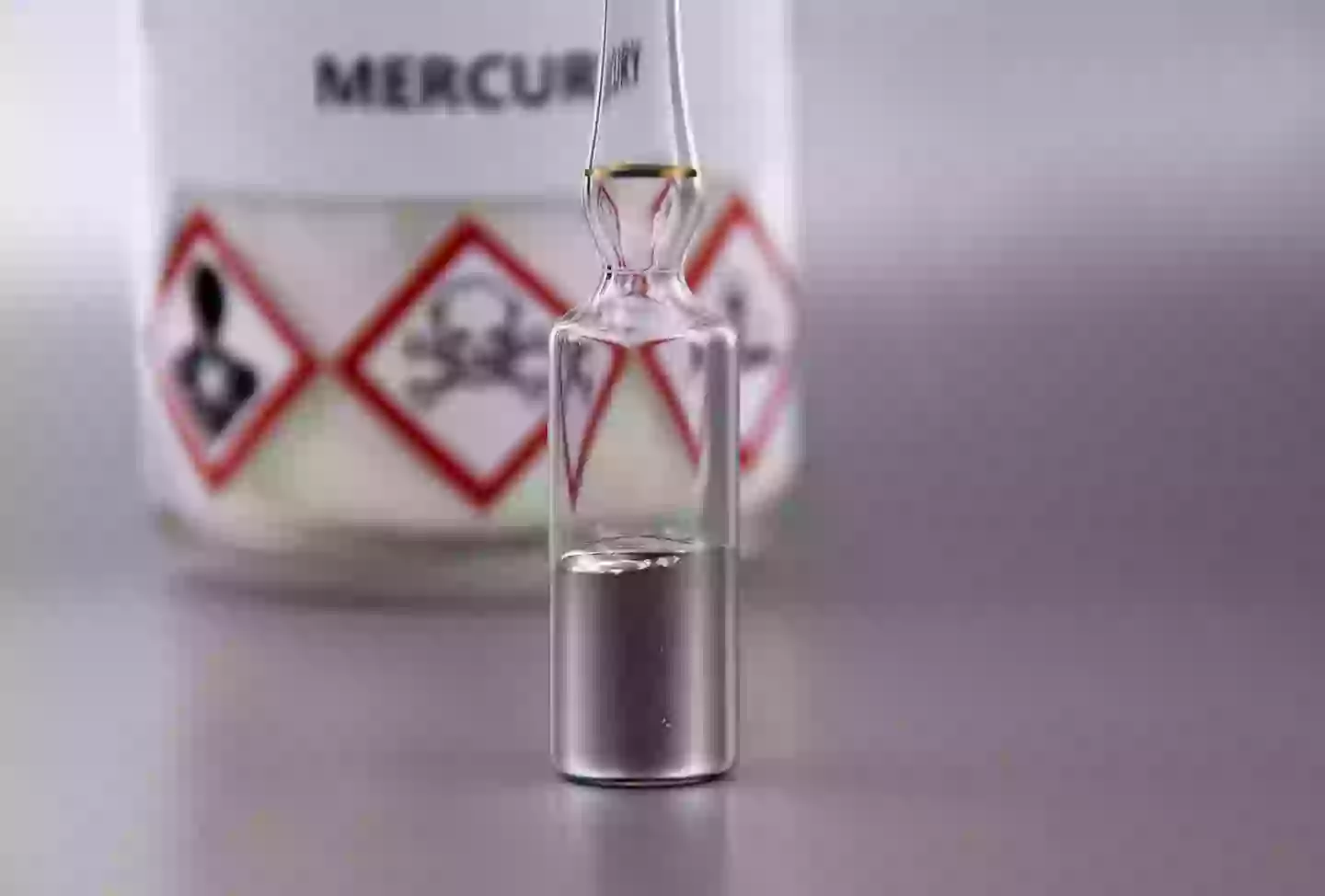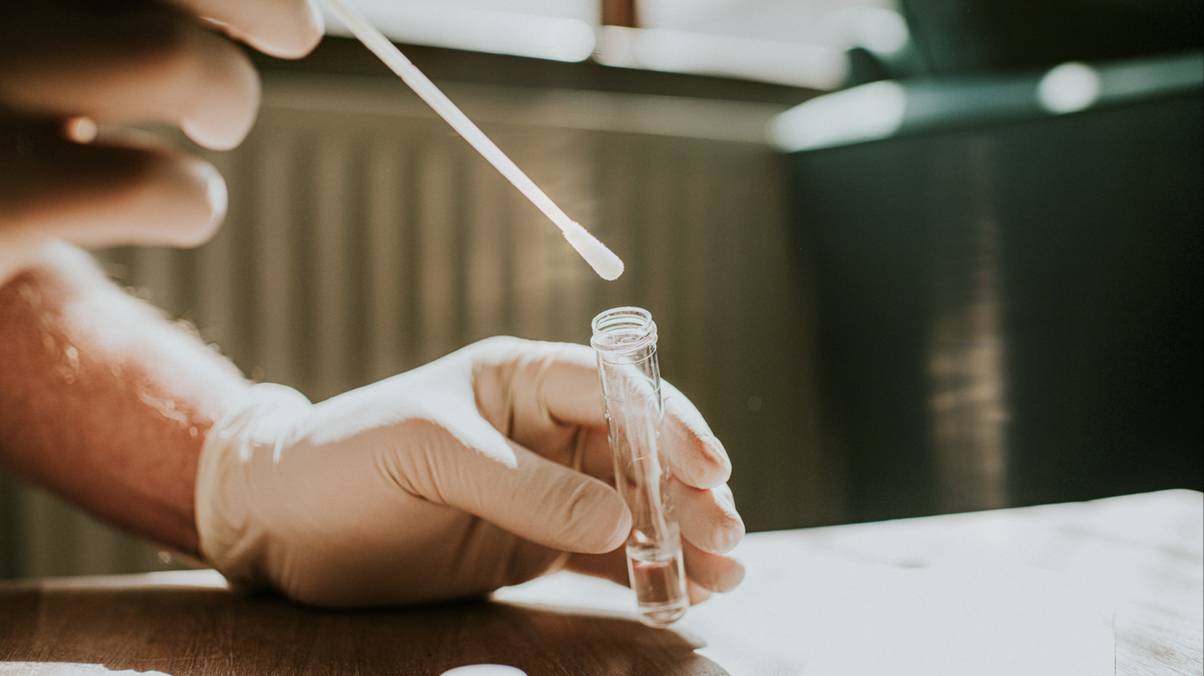One Drop, One Death: The Chilling Story Behind a Woman’s Sudden Nightmare
Imagine a single drop—no bigger than a raindrop—could stealthily sneak past your gloves and rewrite your fate forever. Sounds like sci-fi horror, right? But for Karen Wetterhahn, a brilliant research chemist at Dartmouth College, this nightmare became all too real. In August 1996, while studying the impacts of heavy metals, Karen encountered a tiny droplet of dimethylmercury that slipped through her latex glove and straight into her bloodstream. She did everything right—tossed the gloves, switched to new ones—yet the deadly compound silently invaded, unleashing a brutal assault on her brain’s neurons. Months later, symptoms emerged, and by January, doctors faced the grim reality: mercury poisoning at levels 4000 times normal. The aftermath? A slow, heartbreaking decline until she slipped away, leaving behind a legacy that changed how science handles one of the deadliest substances known. Ever wonder how something so small can cause history’s most terrifying science tragedy? Let’s dive in and unravel this chilling tale. LEARN MORE
A scientist suffered one of the most terrifying deaths imaginable after a drop of a chemical – no bigger than a raindrop – made contact with her skin.
Karen Wetterhahn was a research chemist at Dartmouth College in New Hampshire, US, studying the impact of heavy metals on living organisms.
In August 1996, Karen was using dimethylmercury when a tiny droplet dripped onto her latex glove.
Karen took all the appropriate steps following the incident, and immediately removed the gloves before replacing them with new ones.
But unfortunately, the volatile compound had already seeped into her skin, and into her blood stream.

Dimethylmercury is extremely dangerous (Getty Stock Photo)
It wasn’t immediately apparent what had happened, but a few months on from the incident and Karen started suffering from unusual symptoms.
She had problems with her balance, speech, vision and hearing, and in the following January, was admitted into hospital.
After running some blood tests, doctors discovered that Karen had mercury poisoning, with her blood mercury levels over 4000 times the normal level.
In a video explaining exactly what happened – and just how dangerous the substance is – Dr. Ben Miles said: “Just a single drop of this clear liquid could change your life forever.
“Not immediately, but so inevitably that doctors can only watch as your brain slowly disintegrates.
“This, is the horrifying reality of dimethylmercury… once inside the body, dimethylmercury decomposes, releasing mercury ions that bind aggressively to sulfur atoms, which are in particularly high abundance within the neurons of the brain and central nervous system.
“Robbed of the sulfur that they need, those neurons begin to malfunction and die.”
Although medics urgently tried to remove the mercury in Karen’s system, the damage to her neurons was already established.
She was unable to walk, see, speak or hear and she slipped into a coma and had her life support removed just 10 months after the initial exposure.
A number of memorials have been set up as a tribute to Karen, meanwhile The National Institute of Environmental Health Sciences created an award in her honour following her death.

The neurons in the brain and central nervous system begin to malfunction (Getty Stock Photo)
Extra precautions were also implemented when using the chemical, with scientists discovering that dimethylmercury is able to permeate latex, PVC and neoprene gloves.
“Diagnosis at the time of death was encephalopathy as a result of mercury intoxication,” explained a 1998 report.
“The gloves used in this incident were disposable latex examination gloves and subsequent permeation testing of the gloves by a certified, independent testing laboratory indicated that the chemical permeates latex, PVC, and neoprene almost instantaneously.”


















